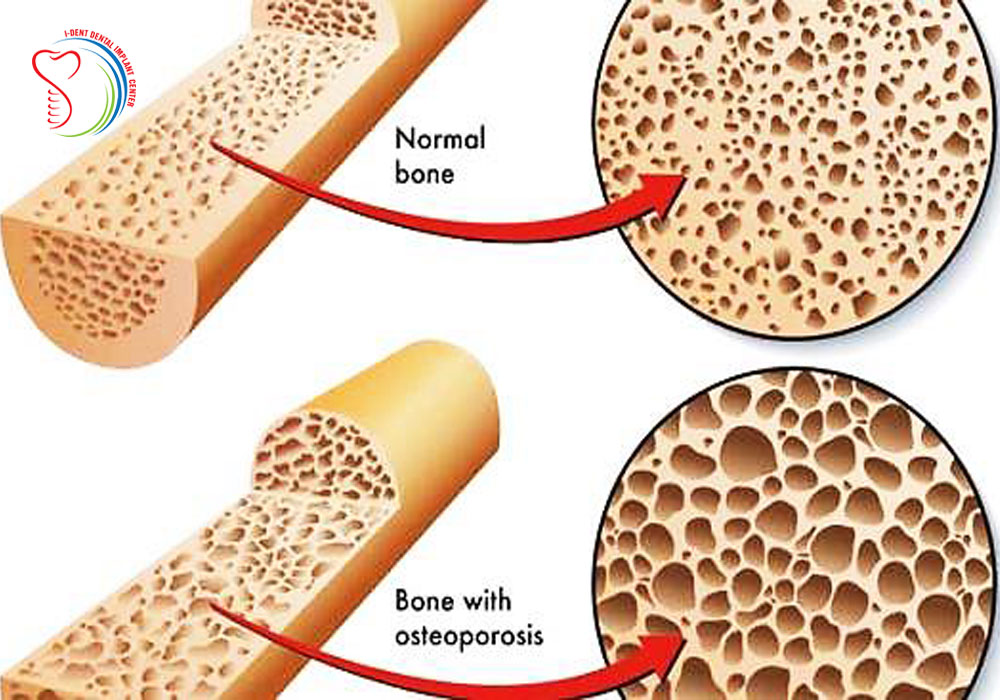Hotline
(+84) 94 18 18 616

Bone value is particularly important in dental implants, which are reflected in the external appearance and bone mass in the implanted area. When developing a treatment plan, the final restorative design, force-acting factors and bone mass must be determined and the next factor is the bone density at the site of implantation. The internal structure of the bone is assessed as quality or bone density, reflecting some of the biomechanical properties such as strength and elastic modulus. The external and internal structure of the bone is a major influence in the practice of dental implants. Bone density is a determining factor in treatment planning, surgical procedures, healing time and the time it takes to start bearing.

Bone is an organ that can change by hormones, vitamins, mechanical effects, mechanical parameters such as tooth loss. Structural and change features in bone cartilage in different regions of the jaw, the mechanical function of the upper and lower jaw. The lower jaw is an independent structure designed as a force-absorbing part of the tooth. The external bone is firm, the bone is thicker and thicker. The upper jaw is structured as a force ma- chine, any force absorbed by the upper jaw is transmitted through the femur and the prosthesis to the brain and eye socket. Therefore, the skeleton and bone structures are also thinner. In addition, the thickened bone in the area around the teeth, the bone cavity thicker than the apical, the posterior area is lower than the front teeth. Bone density in front of lower jaw is more favorable than upper jaw for implant.
Bone loss usually occurs in the periosteum due to mechanical stress. The molar mass of the molar is reduced when antagonistic teeth are lost. Bone density decreases with loss of teeth, with regard to the duration of tooth loss and duration of injury, bone density prior to loss of teeth, and pre-and postoperative functional loss. Changes in bone density after loss of maxillary teeth in the upper maxilla and at least in the lower extremity. High bone density is conducive to implantation.
EFFECT OF BONE DENSITY ON THE SUCCESS RATE OF DENTAL IMPLANTS
Quality of bone usually depends on the position on the jaw. The dense density of the skull is usually in the frontal area of the lower jaw, in front of the upper jaw, followed by the lower jaw.
The bone density is related to the success rate of the implant. When applying the same treatment plan for implant and prosthetic implant surgery. Success rate in the area behind the upper jaw, where the strongest force and bone density are the worst.
However, choosing the right treatment plan, type of implant, surgical procedure, and lead time have resulted in similar success rates in any transplant location as well as the type of implantation.
Implants placed in the bones of the loin will stop bone loss, as implanted bone implant will create new bone and bone regeneration changes the number and density of bone in the implant interface. The cages will be rearranged within the physiological limits in response to the direction, intensity, characteristics and duration of the force. The bones need time to respond to increased load. Increased bone mass around the implant improves bone density in this area.
Note: the efficacy of the treatment can vary depending on each patient’s condition.
For more information please contact:
I-DENT DENTAL IMPLANT CENTER
Dental Clinic - Ho Chi Minh City An Dong
Building 193A-195 Hung Vuong Str, Ward 9, District 5, HCMC
Dental Clinic - Ho Chi Minh City The Army Navy Swimming Pool
Building 19V Nguyen Huu Canh Str, Ward 19, Binh Thanh District, HCMC
Phone: (+84) 28 38 33 68 18
Website: http://www.identdentalimplantcenter.com
Email: identdentalimplantcenter@gmail.com
RELATED: What is the cost of full mounth dental implants in Vietnam, Denal crown done by internation dentist in Vietnam, Dental tourim in Vietnam